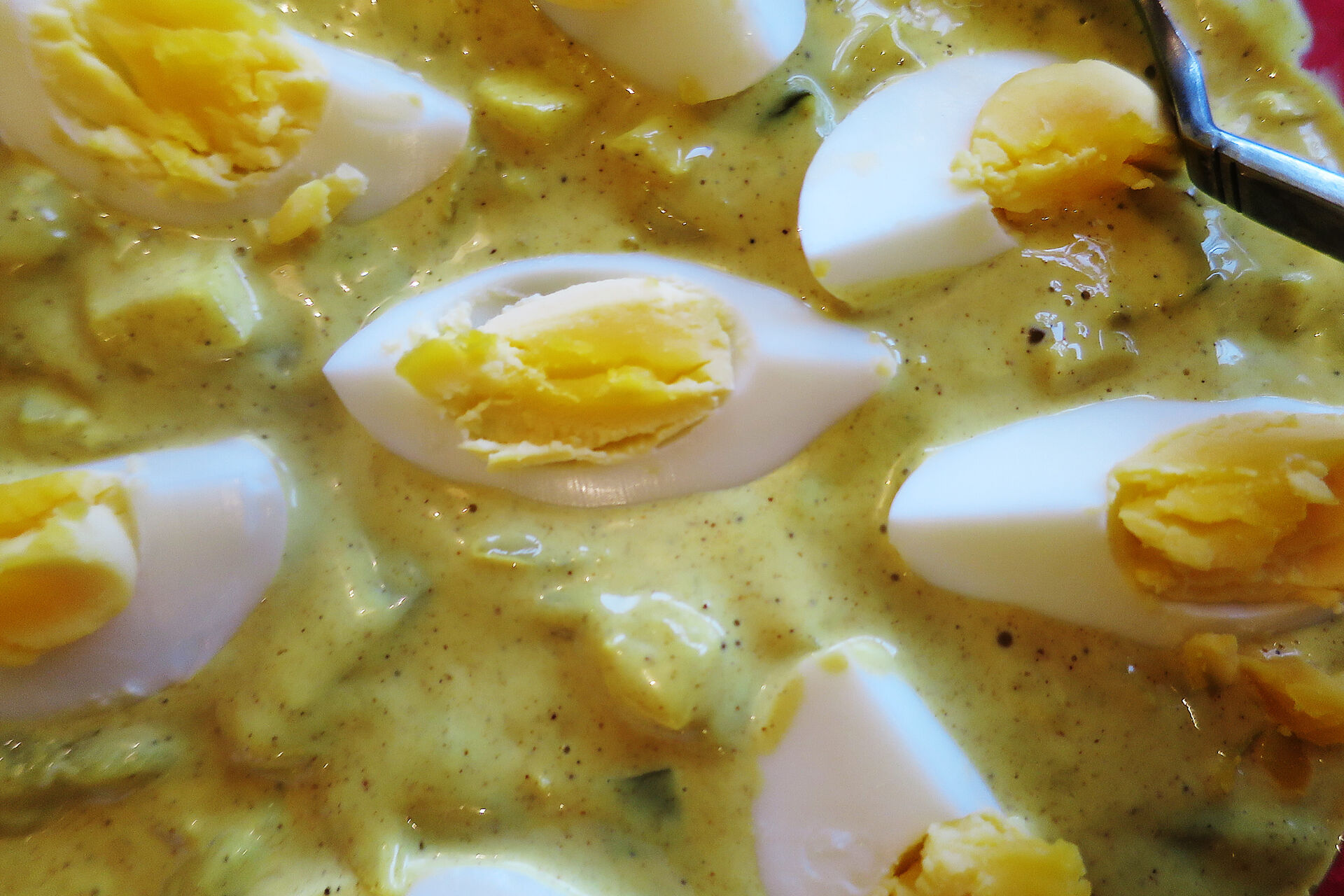The Visionary Kitchen (Det Visionære Køkken) was started in 2014 by international students in the central Jutland town who were tired of seeing wasted food. Now the organisation holds weekly events and has gone into collaboration with Horsens Municipality.
The long-term aim of the project is to change people’s approaches to the food they waste, says organiser Adrian Cociug.
“We are trying to expand a little bit now and make ourselves and our concept more relevant to people, so that they are more aware of the food they are wasting. We want people to be more conscious of this generally, even though we are only in Horsens,” Cociug said.
The organisation currently operates by making agreements with local businesses like supermarkets, bakeries and restaurants to collect food that they are unable to use. This food is then used at a weekly communal dining event, so that it is continually used and as little as possible ends up being thrown out.
“We have an event every Thursday, maybe with occasional breaks in the summer. We are thirty volunteers in all who take it in turns to help out, and each week at the meals we feed twelve people – students or older people from the local community, whoever wants to come,” said Cociug.
The organisation has also begun collaborating with Horsens Municipality, which now invites the Visionary Kitchen to take part in its own events, whilst making occasional visits to the weekly dinners to see how things are going.
Hundreds of tons of products have been saved feeding thousands of people since the project’s inception, says the organisation.
Recycling expired food is not a new concept in Denmark. In February 2016, the country’s first surplus food supermarket, WeFood, opened in Copenhagen. The store proved so popular that a second branch was opened in November last year.
“It's ridiculous that food is just thrown out or goes to waste. It is bad for the environment and it is money spent on absolutely nothing. A supermarket like WeFood makes so much sense and is an important step in the battle to combat food waste,” MP Eva Kjer Hansen, then-minister for food and the environment, said at the opening of the store in Copenhagen’s Nørrebro neighbourhood.
For The Visionary Kitchen, the business model is secondary to the expanding the concept of cutting down on food waste, says Cociug.
The startup is, though, planning to raise some funds to make its events a more attractive proposition.
“We want to buy a second-hand piano, to make our place more pleasant. We have a lot of volunteers and participants in diners who play very well,” he said.





 Please whitelist us to continue reading.
Please whitelist us to continue reading.